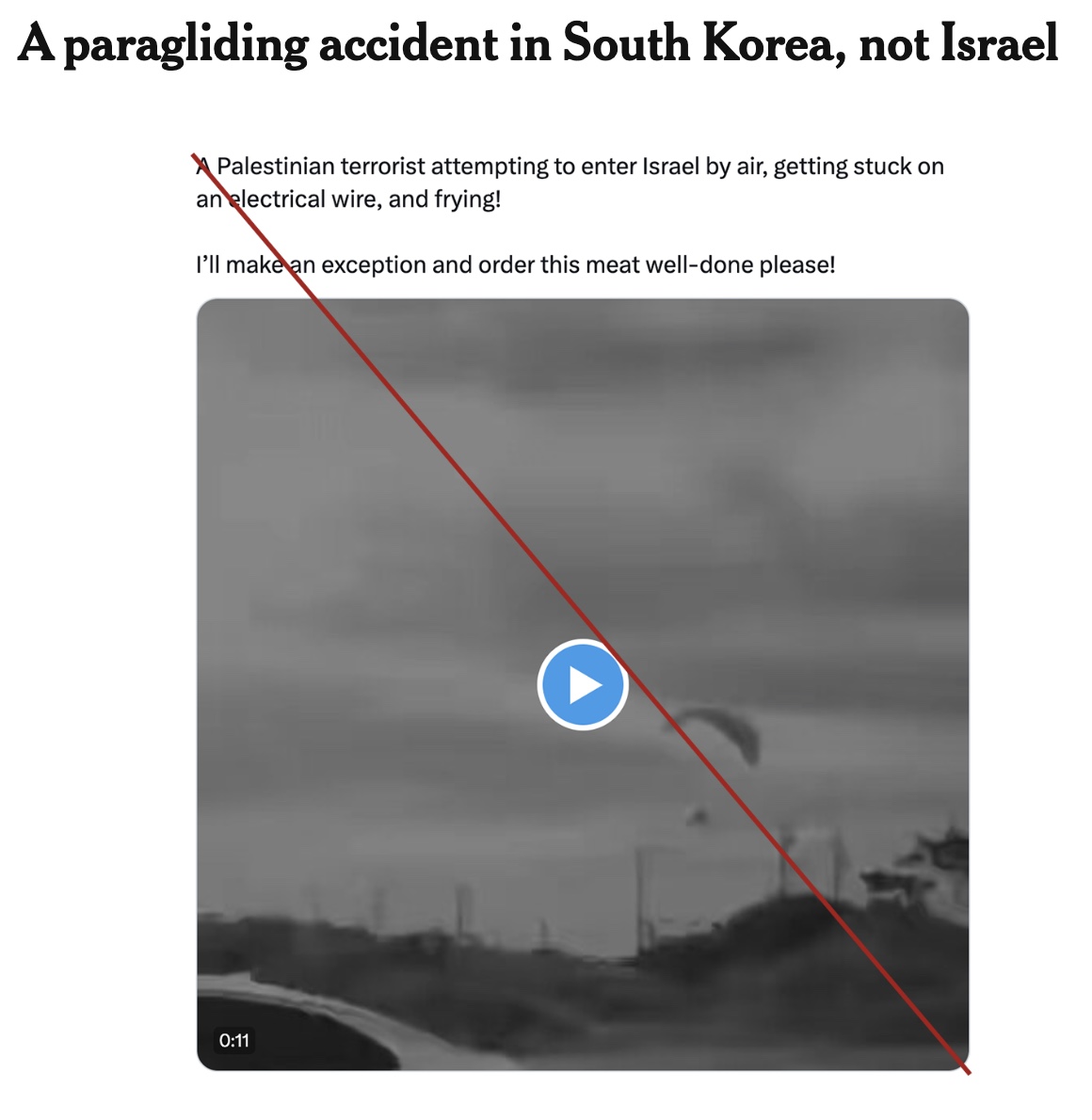As an expert in this field, I have written extensively about the power and potential of trial graphics. It is reassuring to know that the New York Times also recognizes the capabilities of compelling graphics, even though their application may differ from the courtroom trial graphics setting.
In a recent article, the New York Times shed light on the issue of deceptive information circulating on social media. I highly recommend reading their piece titled False Claims Around Israel Attacks Include Recycled Videos and a Game Clip. It serves as a stark reminder for all of us to be vigilant and skeptical about the content we come across. This is a topic I addressed in my article just two months ago, titled Please Think Before Sharing That Persuasive Graphic This Election Season.
The New York Times article provides a plethora of compelling examples from the past five days, where social media has been inundated with misinformation, leading to the likely deception of tens of millions of people. These false claims include recycled videos shared as evidence of recent events, some of which were even taken from different locations or originated from video games. It is alarming to witness how individuals can be misled by what they assume to be legitimate information.
This serves as a wake-up call for all of us to double our efforts in questioning and verifying the authenticity of what we see on social media. The consequences of blindly accepting and sharing misleading content can have far-reaching effects, especially during sensitive periods like wars or elections.
Let us learn from the New York Times article and become more discerning consumers of information. By doing so, we can help combat the spread of deceptive narratives and contribute to a more informed and responsible online community.
Other times we've written about the use of trial graphics or misuse of trial graphics include:
- 5 Demonstrative Evidence Tricks and Cheats to Watch Out For
- Presentation Graphics: Why The President Is Better Than You
- 12 Reasons Bullet Points Are Bad (in Trial Graphics or Anywhere)
- How Much Text on a PowerPoint Slide is Too Much?
- The 12 Worst PowerPoint Mistakes Litigators Make
- Why Reading Your Litigation PowerPoint Slides Hurts Jurors
- 6 Trial Presentation Errors Lawyers Can Easily Avoid
- Contact Persuadius about litigation graphics consulting services, contact us about helping with a presentation of any type, or just ask a question
- 6 Studies That Support Litigation Graphics in Courtroom Presentations
- FREE Webinar: Persuading with PowerPoint Litigation Graphics
- 12 Reasons Litigation Graphics are More Complicated Than You Think
- How to Make PowerPoint Trial Timelines Feel More Like a Long Document
- 12 Ways to Eliminate "But I Need Everything On That PowerPoint Slide"
- Why Expensive-Looking Litigation Graphics Are Better
- How To Use and Design Trial Timelines






Leave a Comment